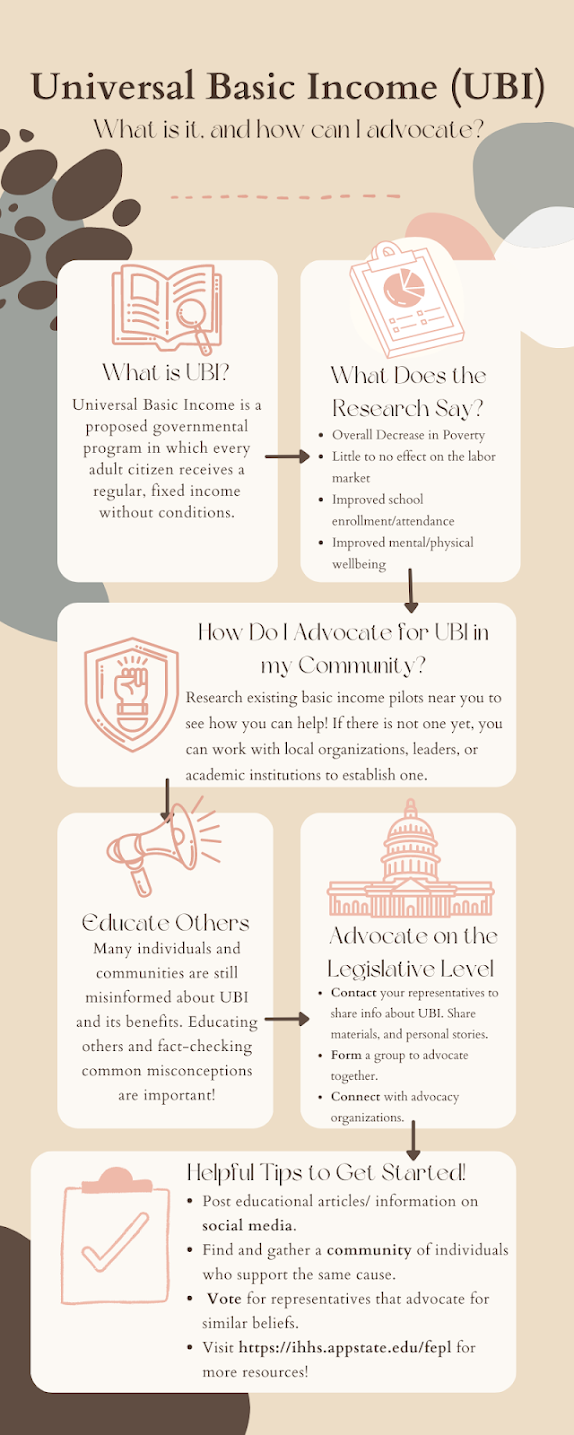Project Community Connections, Inc. (PCCI) launched a new cash transfer pilot program centered in the Atlanta, GA area that targets individuals experiencing homelessness. The pilot, which launched in late 2022, provides an unconditional $400 a month to 150 individuals experiencing homelessness for 12 months. Participants also receive caseworker support, as well as rent and utility assistance. PCCI is unique in its design and implementation, employing a fully randomized control trial (RCT) targeting homelessness to evaluate the effect of a basic income on homeless individuals. There is little knowledge of how unconditional cash assistance affects the outcomes of individuals experiencing homelessness, and PCCI aims to be at the forefront of such research. The Denver Basic Income Project launched a similar program, targeting those experiencing homelessness in Denver, CO that uses different payment amounts among its treatment groups. The researc...


Comments
Post a Comment